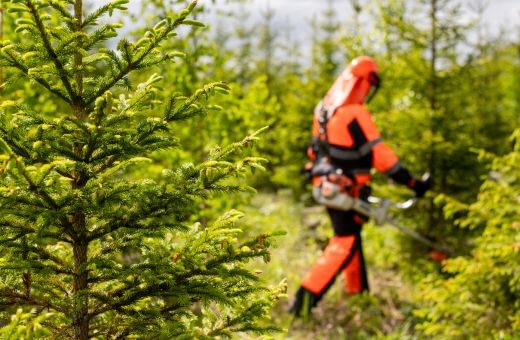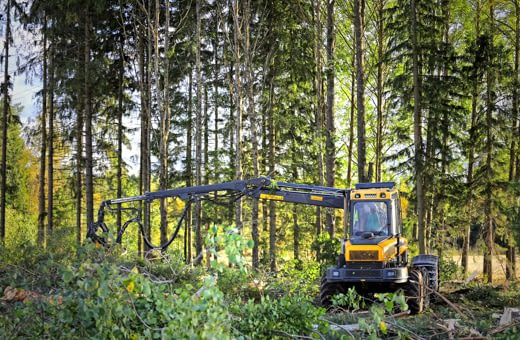This year, environmental impact data on Finnish forest industry products will be expanded within the global Ecoinvent life cycle database with statistical information on forest management. The representation of the early stages of a product’s life cycle increases companies’, researchers’, decision-makers’, and ultimately consumers’ knowledge about wood-based products.
Finnish forest industry companies have been assessing the environmental impacts of their products since the previous decade. Data has been collected from raw material cultivation and transportation through to the manufacturing, use, recycling, and end-of-life of forest industry products. Now, this information is being enriched with statistical data on the early stages of these products’ life cycles.
“This marks an important milestone. The new data significantly enhances the information available on Finnish forest industry products, benefiting not only the industry itself but also its diverse stakeholders all around the world. Environmental impact data helps the industry develop while also providing consumers and other stakeholders with greater transparency to support sustainable consumption decisions,” summarizes Katriina Valkeapää, Senior Adviser, Product Policy at the Finnish Forest Industries Federation.
The Finnish Forest Industries Federation has gathered the data in collaboration with the Natural Resources Institute Finland (Luke). The information is currently undergoing processing and third-party critical review within the Ecoinvent database. Valkeapää estimates that the process will be completed and the data published in Ecoinvent by 2025.
Made in Finland – The Importance of Country-Specific Data
With this update, Ecoinvent users will gain access to environmental impact data covering Finnish seedling production, forest site preparation, the maintenance of forest roads, and more. The data set also includes information on forest thinning, regeneration felling, and energy wood procurement, extending to log truck loading and wood chipping for energy use.
Each forest management operation is analyzed from multiple perspectives. In addition to climate change impacts, the data considers energy consumption, water use, and waterborne emissions. As carbon sequestration from forest growth is still under development at the product level, biogenic carbon calculations are not yet included in this data.
Until now, environmental impact data for Finnish forest industry products has been based on equivalent Swedish data.
“There are always country-specific differences, and highlighting them, whether large or small, is essential for ensuring reliability. This data benefits the entire value chain,” says Valkeapää.
The EU Standardizes Corporate Life Cycle Assessments
The forest industry’s data collection initiative supports the EU’s goal of providing industry, policymakers, and consumers with increasingly reliable and high-quality information on product environmental impacts in the future. The European forest industry has been actively involved in the development of life cycle assessments from the outset.
“Wood-based raw materials play a crucial role in moving away from fossil-based resources. To support this transition, it is vital to transparently share information about the origins of these raw materials,” Valkeapää notes.
The EU has outlined several measures to achieve its objective. One approach involves harmonizing life cycle calculations within product categories and developing product environmental footprint (PEF) calculations based on ISO standards.
With the introduction of the Ecodesign for Sustainable Products Regulation (ESPR), the EU is also preparing to launch a digital product passport. This initiative aims to promote sustainable consumption choices among Europeans by requiring companies to disclose environmental impact data for their products. The digital product passport is being developed for nearly all products sold in Europe, with implementation progressing on a category-by-category basis. The first application is expected in the textile sector, where wood-based raw materials will also play a role.






